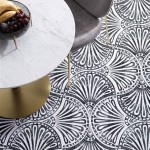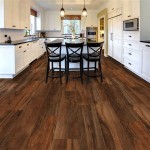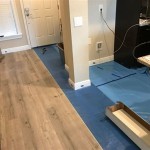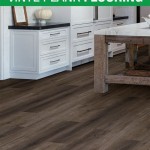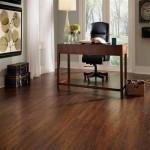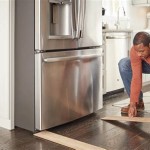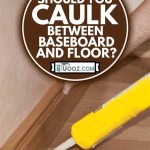Wood is a timeless and classic material used in flooring, furniture and other home décor. However, hardwood floors require plenty of upkeep and care throughout the years to stay looking their best. As the hardwood planks age, they can become scratched and discolored, leaving your floors looking dull and worn. Fortunately, hardwood floor repairing is a great option to restore the beauty of your wood floors.
Diagnosing the Damage
Before you can begin hardwood floor repairing, it is important to accurately diagnose the damage to your floors. You should start by examining the floor to determine what type of damage has occurred. Common types of damage to hardwood floors include scratches, dents, gouges, discoloration, and wear. Depending on the severity of the damage, different techniques may be required for hardwood floor repairing.
Repairing Scratches and Dents
For light to moderate scratches and dents, there are a few solutions to hardwood floor repairing. One option is to fill in the scratches or dents with a wood filler. The filler should be color-matched to the existing flooring so it blends in. Once the filler is dry, you can sand and refinish the area to make it blend in with the rest of the floor. If you don’t want to use a wood filler, you can also use a wax stick that matches the color of the wood. The wax will fill in the scratches while also restoring the shine of the floor.
Gouges and Discoloration
For deeper gouges and discoloration, you may need to replace the damaged boards. It is important to match the wood grain, color, and texture as closely as possible to the existing boards. You can usually find replacement boards at your local home improvement store. Once you have the replacement boards, be sure to sand and refinish them to match the existing boards. For discoloration, you may need to use a wood stain to make it blend in with the rest of the floor.
Finishing Touches
Once you have finished hardwood floor repairing, you may want to consider a few finishing touches. Applying a sealant, such as polyurethane, can help protect the floor from future wear and tear. If you want to restore the shine, you can use a hardwood floor cleaner and a soft cloth. To keep your floor looking its best, be sure to sweep, vacuum, and mop regularly. Additionally, you may want to place area rugs or mats in high traffic areas to protect the floor from further damage.
Professional Assistance
If the damage to your hardwood floors is too extensive for DIY hardwood floor repairing, you may want to consider hiring a professional. A professional flooring contractor can evaluate the damage and provide you with the best solution. They can also install new boards, sand and refinish the floor, and apply sealants and finishes. Hiring a professional can help ensure that your hardwood floors are restored to their original beauty.
Conclusion
Hardwood floor repairing can be a great way to restore the beauty of your wood floors. From filling in scratches and dents to replacing damaged boards, there are a few solutions to hardwood floor repairing. Be sure to diagnose the damage accurately and use the appropriate techniques to ensure your floors are restored to their original beauty. If the damage is too extensive, you may want to consider hiring a professional flooring contractor.

![How to Fix Buckling Wood Floor [Avoid These 3 Mistakes]](https://i2.wp.com/woodworkingclarity.com/wp-content/uploads/2022/06/Removing-glued-wood-fooring-from-subfloor-2021-10-1.jpg)





![How to Fix Buckling Wood Floor [Avoid These 3 Mistakes]](https://i2.wp.com/woodworkingclarity.com/wp-content/uploads/2022/05/how-to-fix-water-damaged-swollen-wood-furniture.jpg)





Related Posts

